Games PC JOINT STRIKE FIGHTER User Manual
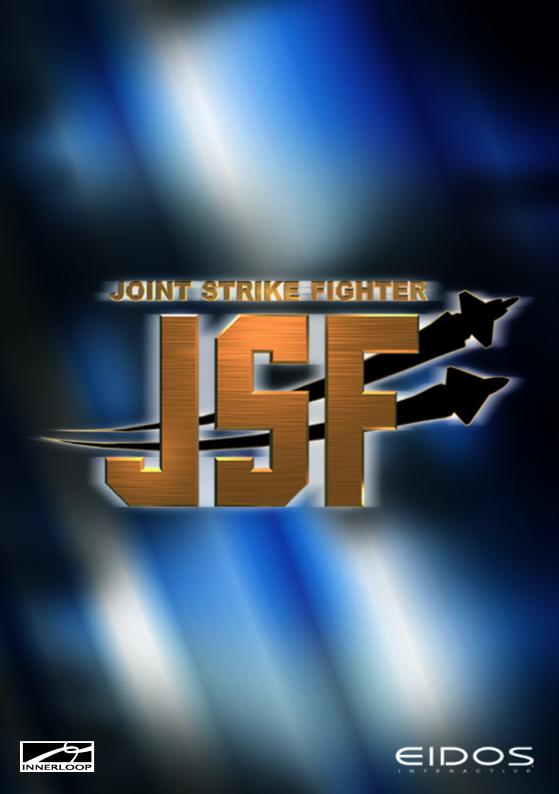

EPILEPSY WARNING
Please read before using this video game system or allowing your children to use it. Some people are susceptible to epileptic seizures or loss of consciousness when exposed to certain flashing lights or light patterns in everyday life. Such people may have a seizure while watching certain television images or playing certain video games. This may happen even if the person has no medical history of epilepsy or has never had any epileptic seizures. If you or anyone in your family has ever had symptoms related to epilepsy (seizures or loss of consciousness) when exposed to flashing lights,consult your doctor prior to playing. We advise that parents should monitor the use of video games by their children. If you or your child experience any of the following symptoms: dizziness, blurred vision, eye or muscle twitches, loss of consciousness, disorientation, any involuntary movement or convulsion, while playing a video game, IMMEDIATELY discontinue use and consult your doctor.
PRECAUTIONS TO TAKE DURING USE
•Do not stand too close to the screen. Sit a good distance away from the television screen, as far away as the length of the cable allows.
•Preferably play the game on a small television screen.
•Avoid playing if you are tired or have not had much sleep.
•Make sure that the room in which you are playing is well lit.
•Rest for at least 10 to 15 minutes per hour while playing a video game.
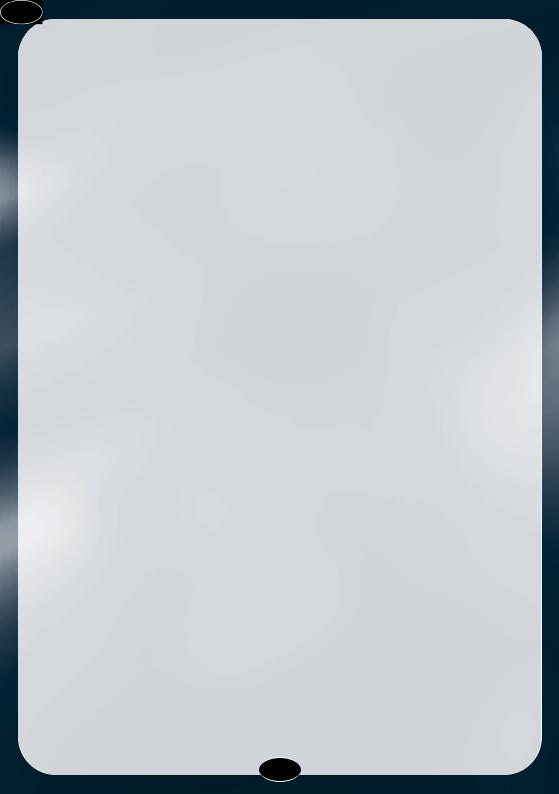
CONTENTS
PREFACE |
3 |
HOW TO USE THIS MANUAL |
3 |
HEY I WANNA SHOOT SOMETHING |
3 |
SECTION ONE |
|
INSTALLING/UNINSTALLING JOINT STRIKE FIGHTER |
4 |
SYSTEM REQUIREMENTS |
5 |
INSTALLING JOINT STRIKE FIGHTER |
5 |
UNINSTALLING JOINT STRIKE FIGHTER |
6 |
SECTION TWO |
|
BACKGROUND OF THE |
|
JOINT STRIKE FIGHTER PROGRAMME |
7 |
SECTION THREE |
|
NAVIGATING THE MENUS |
12 |
MAIN MENU |
13 |
Dogfight Menu |
13 |
Campaign Menu |
13 |
Multiplayer Menu |
13 |
Quit |
13 |
Select Pilot |
13 |
Options |
13 |
SELECT PILOT MENU |
13 |
Creating a New Pilot |
14 |
Selecting a Pilot |
14 |
Deleting a Pilot |
14 |
Viewing Pilot History |
14 |
Resetting Pilot History |
14 |
View Information Movies |
14 |
OPTIONS MENU |
14 |
GAME CONFIGURATION SCREEN |
15 |
GRAPHICS CONFIGURATION SCREEN |
16 |
SOUND CONFIGURATION SCREEN |
16 |
SECTION 4 |
|
DOGFIGHT: GETTING STARTED FAST |
20 |
Time of Day |
21 |
Weather |
21 |
Guns Only |
21 |
Scenario |
21 |
Playing |
21 |
Statistics |
22 |
SECTION 5 |
|
FLYING A CAMPAIGN |
23 |
Starting a Campaign |
24 |
MISSION PLANNER |
25 |
MISSION PLANNER MAP |
25 |
Icons |
25 |
Waypoints |
26 |
MISSION PLANNER WINDOWS |
26 |
PLANNER MANAGER WINDOW |
27 |
EDIT MODE |
27 |
Suggest |
27 |
Terrain Following |
27 |
Clear |
27 |
StatisticsWindow |
27 |
Target Info Mode |
27 |
MAP MODE |
28 |
Object Category |
28 |
Target Class |
28 |
MAP SETTINGS |
28 |
SAM MEZ |
28 |
NAMES |
28 |
GRID |
28 |
TIME SKIP WINDOW |
28 |
WINGMEN WINDOW |
29 |
ARM PLANE WINDOW |
29 |
DRAG AND DROP WEAPON SELECTION |
30 |
CHANGING THE DEFAULT WEAPONS |
30 |
Configuration |
30 |
CAMPAIGN STATISTICS WINDOW |
31 |
MISSION PLANNER USAGE |
31 |
Planning a Mission |
31 |
Selecting a Target |
31 |
Getting Information on Enemy Targets |
31 |
PLANNING A ROUTE TO THE TARGET |
32 |
GENERATING WAYPOINTS TO THE TARGET |
33 |
The Suggest Option |
33 |
MANUALLY EDITING WAYPOINTS |
33 |
Usage |
33 |
ZOOMING |
34 |
Usage |
34 |
FLYING A MISSION |
34 |
HOW TO TAXI AND TAKE OFF |
35 |
GETTING TO THE TARGET |
36 |
Autopilot |
36 |
Manual Approach |
36 |
Attacking Ground Targets |
37 |
Remember the Hatch |
37 |
ENDING THE MISSION |
37 |
THE MISSION DEBRIEFING |
37 |
THE MISSION DEBRIEFING MAP |
37 |
FLIGHT PATH |
38 |
THE MISSION DEBRIEFING WINDOWS |
38 |
MISSION DEBRIEFING |
39 |
USING THE DEBRIEF MANAGER WINDOW |
39 |
CONTINUING A CAMPAIGN |
39 |
SECTION 6 |
|
MULTIPLAYER DOGFIGHT |
40 |
Starting Your Own Game |
41 |
Joining an Existing Game |
42 |
RULES OF PLAY |
42 |
Team Score |
42 |
Duration of Game |
42 |
Replenishing Fuel and Ammo |
42 |
GAME LOBBY |
43 |
STATISTICS |
43 |
Simple Statistics |
44 |
Full Statistics |
44 |
SECTION 7 |
|
THE IN-FLIGHT MENUS |
45 |
DOGFIGHT |
47 |
DIFFICULTY |
50 |
ENABLE MESSAGES |
51 |
CONTROLS |
51 |
MODE |
53 |
GRAPHICS |
53 |
FEATURES |
54 |
SOUND |
55 |
HELP |
56 |
CREDITS |
56 |
SECTION 8 |
|
FLYING THE PLANE |
57 |
Flight Handling |
58 |
Taxiing on the Ground |
58 |
Takeoff |
58 |
1
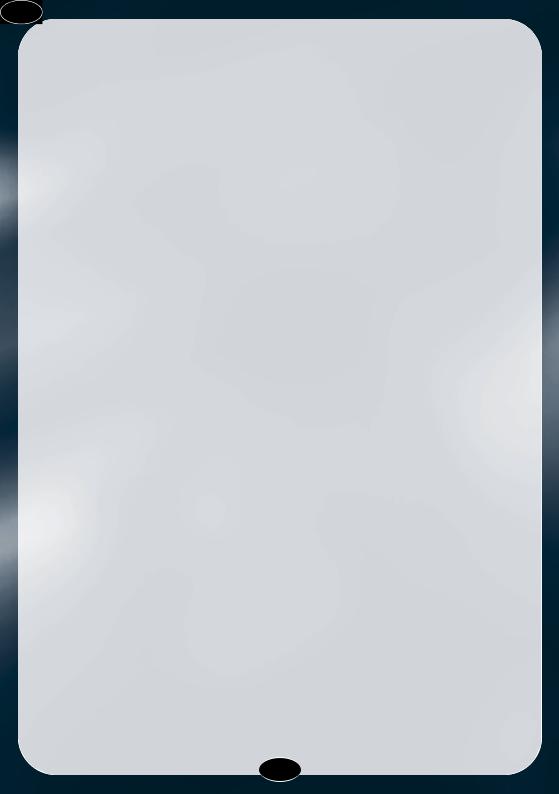
In-Flight Operations Hatch |
59 |
Airbrake |
59 |
Flaps |
59 |
Gear |
59 |
Jettison |
59 |
Eject |
59 |
Landing |
59 |
FLIGHT ASSISTANCE SYSTEMS |
60 |
Autopilot |
60 |
Terrain Avoidance System |
61 |
Terrain Following Box |
61 |
Level Function |
61 |
AVIONICS |
61 |
Active Radar |
62 |
VIEW MODES |
62 |
Forward Looking Infra-Red |
63 |
Global Positioning Systems |
63 |
Anti-Radiation Targeting Systems |
63 |
In-Flight Data Link |
63 |
Satellite Landing Systems |
64 |
Altimeter |
64 |
AUTOMATED DEFENCE SYSTEMS |
64 |
Decoys |
64 |
Radar Decoys |
64 |
Infra-Red Decoys |
64 |
Radar Warning Receiver |
65 |
Infra-Red Warning Receiver |
65 |
Identification Friend or Foe |
65 |
Electronic Counter Measure |
65 |
Defence Subsystem |
65 |
COCKPIT ENVIRONMENT - MULTI FUNCTION DISPLAYS |
65 |
Control MFD |
66 |
Status MFD |
66 |
Information MFD |
66 |
Attack MFD |
66 |
Strategic MFD |
66 |
Offensive MFD |
66 |
MFD FUNCTIONS |
67 |
MFD COLOUR CODES |
70 |
HEAD MOUNTED DISPLAY (HMD) |
71 |
TAPES AND SYMBOLS |
71 |
MODES OF OPERATION |
72 |
WEAPON SIGHTS |
73 |
Aspect Angle Indicator |
73 |
Hatch Closed Indicator |
73 |
Cannon Sight |
74 |
Missile Sight |
74 |
Bomb Sight |
74 |
SYNTHETIC OVERLAYS |
75 |
VOCOM |
75 |
RADIO COMMUNICATIONS |
76 |
AWACS |
76 |
ORDERING WINGMEN TO ATTACK TARGETS |
77 |
ORDERING WINGMEN TO RETURN TO FORMATION |
77 |
SECTION 9 |
|
PLANE PHYSICS |
78 |
Gravity |
79 |
Drag |
79 |
Lift |
79 |
Thrust |
79 |
SECTION 10 |
|
AERIAL MANOUVRES |
80 |
Dogfighting Introduction |
81 |
Manouvres |
81 |
Terrain Masking |
83 |
Wing Co-Operation |
84 |
Formation Layout |
85 |
Formation Separation |
88 |
APPENDIX 1 |
|
KEYBOARD QUICK REFERENCE |
89 |
Basic Flight Controls |
90 |
Engine |
90 |
Emergency Controls |
90 |
Camera Views |
91 |
Radio Communication |
93 |
Weapons Control |
93 |
Defence Controls |
93 |
MFD Controls |
93 |
HMD |
94 |
Dropdown Menu |
94 |
Radar |
94 |
Auto Pilot |
94 |
Miscellaneous |
94 |
APPENDIX 2 |
|
JOYSTICK AND GAMEPAD BUTTONS |
95 |
INPUT DEVICE CONFIGURATION |
96 |
Configuring the Keyboard |
96 |
Configuring the Mouse |
96 |
Default Button Mappings |
96 |
APPENDIX 3 |
|
MULTIPLAYER DETAILS |
101 |
CHOOSINGTHERIGHTPRO TOCOL |
102 |
Serial Connection |
102 |
Modem Connection |
102 |
IPX Connection |
102 |
TCP/IP Connection |
102 |
CONFIGURING THE CHOSEN PROTOCOL |
102 |
Serial Connection |
102 |
Modem Connection |
102 |
IPX Connection |
102 |
TCP/IP Connection |
102 |
PLAYING JSF ON THEW MPLAYER™ INTERNET GAMING SERVICE |
103 |
APPENDIX 4 |
|
RADIO COMMUNICATIONS |
105 |
RADIO MENU |
105 |
MESSAGES |
111 |
APPENDIX 5 |
|
WEAPONS OVERVIEW |
113 |
APPENDIX 6 |
|
UNITS/PLANE INFORMATION |
120 |
ENEMY AIRCRAFT |
121 |
FRIENDLY AIRCRAFT |
124 |
GROUND TARGETS |
126 |
Armoured Fighting Vehicles |
126 |
Air Defence Vehicles |
127 |
Transport Vehicles |
128 |
Enemy Naval Vessels |
129 |
PICTORIAL OVERVIEW (AIRCRAFT/VEHICLES/VESSELS/STRATEGIC TARGETS) |
132 |
APPENDIX 7 |
|
TROUBLE SHOOTING |
141 |
CREDITS |
144 |
CUSTOMER HELPLINE / TECHNICAL SUPPORT |
147 |
GLOSSARY |
148 |
2
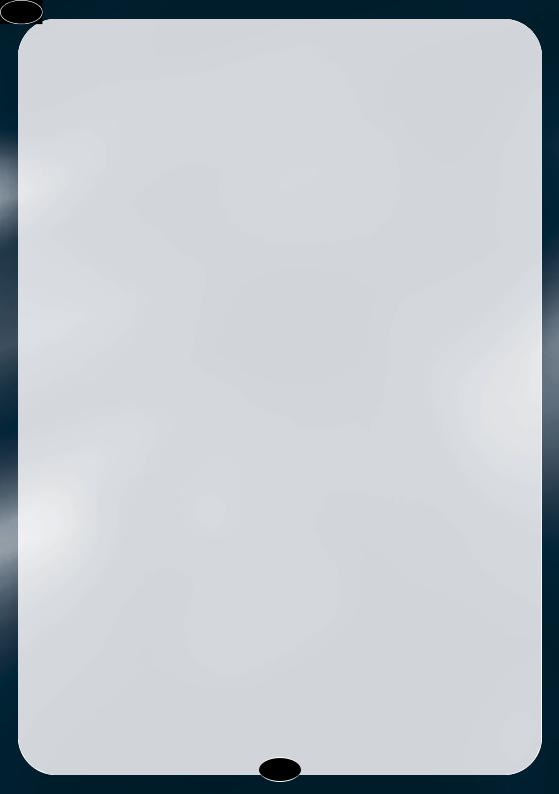
PREFACE
Thank you for purchasing Joint Strike Fighter (JSF). The software you now hold in your hands came about as a result of thousands of hours of design, programming, graphic artistry, and just plain hard work by a great many people. We believe that we’ve captured the essence of these truly remarkable aircraft.
The Joint Strike Fighter can fly NOE (Nap Of the Earth) at supersonic speeds by virtue of its sophisticated Terrain Following Radar (TFR) and is nearly invisible to enemy radar due to its stealth technology. As a fighter, it carries a variety of air-to-air ordnance including both heat-seeking and radar guided missiles. As a strike aircraft, the JSF carries a wide array of ground attack ordnance including rocket pods and antitank cluster munitions.
Joint Strike Fighter gives you an opportunity to experience all the unique features of these high-tech, sophisticated a i rc raft in both single p la yer and multiplayer modes. It comes complete with a Dogfight : Getting Started Fast environment and four different campaign theatres representing potential hot-spots around the globe. Regardless of where you wind up, the action is fast and furious. You’ll be facing some of the most modern threat aircraft in existence, including the deadly Sukhoi Su-35 Flanker and MikoyanGurevich MiG-29 Fulcrum. Enjoy.
HOW TO USE THIS MANUAL
The purpose of this manual is to familiarise you (the player) with key commands, userinterface and gameplay features of Joint Strike Fighter. Reading this manual will not make you an expert pilot,- only playing the game will do that. But after browsing through this manual, especially sections pertaining to Dogfight : Getting Started Fast, you’ll be able to jump right in with confidence. You’ll be planning and executing combat missions in no time.
This manual is geared toward use of the keyboard commands, especially the inflight portions of the directions. Players with joysticks and flight systems should refer to Appendix 2: Joystick and GamePad Buttons, for complete button mappings for GamePads, Joysticks and Rudder systems.
HEY I WANNA SHOOT SOMETHING
We’ve also set up the structure of the manual to allow you to get flying fast and check out the flight simulator portion of the game. Read Section 4 (Dogfight : Getting Started Fast) first to get right into the action.
Tip: There are many player view commands not covered in detail in this manual. We recommend you keep the Keyboard Layout Card handy or refer to Appendix 1: Keyboard Commands section the first time you fly a Dogfight mission and check them all out. If you get lost or confused about what viewpoint you’re in,
3
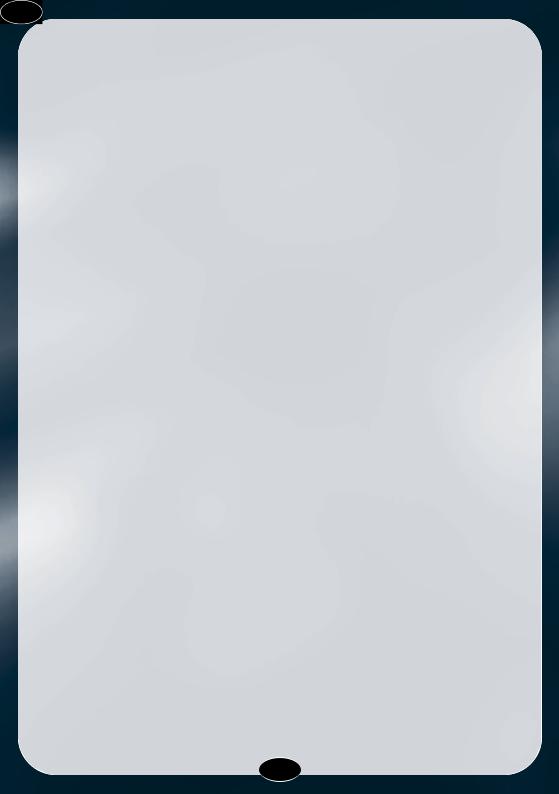
SECTION ONE
Installing/Uninstalling Joint Strike Fighter
4
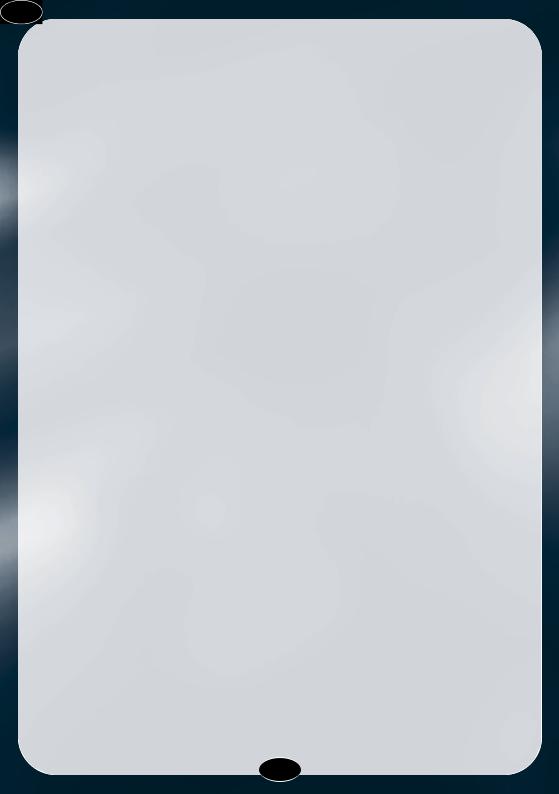
pressing the F1 key in flight will always
return you to the forward cockpit view.
SYSTEM REQUIREMENTS
Minimum Configuration:
Pentium 90 processor, Windows 95 or Windows NT operating systems (Windows NT version requires DirectX 5.0 or newer), 16Mb of RAM, 16bit graphics card, 60Mb Hard Drive space, Double-speed (2x) CD-ROM drive (4x in order to view movies smoothly), keyboard and mouse.
Recommended Configuration:
Pentium 133 or faster processor, Windows 95 or Windows NT operating systems (Windows NT version requires DirectX 5.0 or newer), 32Mb of RAM, joystick, 16bit graphics card, 160 Mb Hard Drive space, Quadruple-speed (4x) or faster CD-ROM drive, any Windows supported sound card.
Satori State Configuration:
Recommended Configuration, plus: 3DFx Graphics Acceleration Card, throttle system, rudder pedals.
Installing Joint Strike Fighter
1.Insert the Joint Strike Fighter CD in your CD-ROM drive. If you have Windows Autoplay enabled, the Joint Strike Fighter Launch Program is invoked automatically. If Autoplay is not enabled, you can start the installation by double-clicking Setup on the CD’s root directory. Once the program has started, press the Install Joint Strike Fighter button.
2.Joint Strike Fighter will prepare the InstallShield® Wizard. Read the instructions on the Welcome screen; when you’re ready to proceed, click Next.
3.Using the mouse, select one of three install options:
•Small: Copies approximately 50 meg. of files to your hard drive. Sacrifices some game performance in favour of saving hard drive space;
•Medium: Copies about 70 meg. to your hard drive; balances disk space and performance;
•Large: Copies about 150 meg. to the drive; optimum game performance at the expense of hard disk space.
4.The installer automatically defaults the installation folder location to C:\Program Files\Eidos Interactive\ Joint Strike Fighter. Click Next if this is OK or Browse if you wish to select a different drive or folder. Joint Strike Fighter will now install the program files to your hard disk drive.
5.JSF requires DirectX version 5.0 or newer. If this is not already installed on your computer, select Install DirectX 5.0 in the Joint Strike Fighter Launch Program. This automatically invokes the DirectX 5.0 setup which updates
5
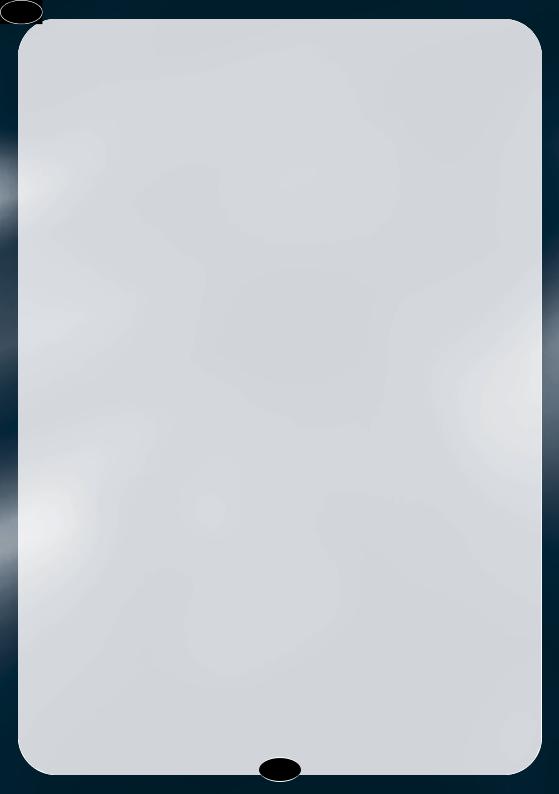
your hardware drivers.
6.If you have a 3DFx based card, JSF will automatically detect this and load the appropriate drivers. If you have a newer Voodoo Rush acceleration card installed in you computer, select Install 3DFx Drivers in the Joint Strike Fighter Launch Program. This will enable Joint Strike Fighter to take full advantage of your Voodoo Rush 3D hardware.
7.To run Joint Strike Fighter, press Run Joint Strike Fighter in the Joint Strike Fighter Launch Program. Alternatively, click the Windows® 95 Start button and go to Programs>Eidos Interactive>Joint Strike Fighter>Play Joint Strike Fighter.
Uninstalling Joint Strike Fighter
In order to uninstall the game, press Uninstall Joint Strike Fighter in the Joint Strike Fighter Launch Program. Alternatively, click the Windows® 95 Start button and go to Program Files>Eidos Interactive>Joint Strike Fighter>Uninstall Joint Strike Fighter. Note that this removes Joint Strike Fighter completely from your computer, including all saved games.
6
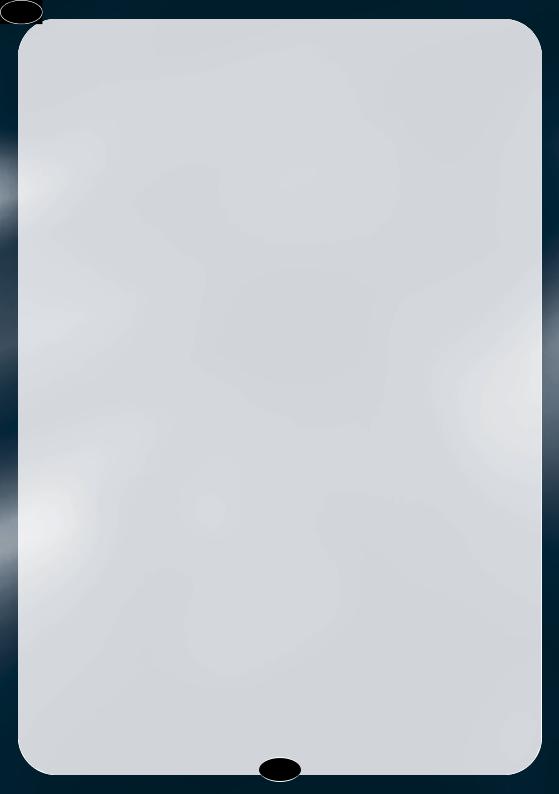
SECTION TWO
BACKGROUND OF THE
JOINT STRIKE FIGHTER PROGRAM
7
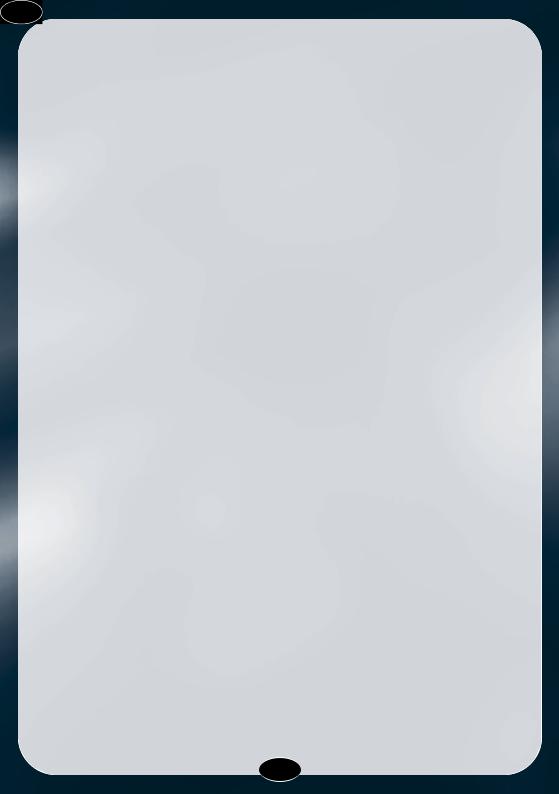
Background Story
The Pentagon’s Joint Strike Fighter (JSF) was launched in 1993 as the Joint Advanced Strike Technology (JAST) program. This followed the cancellation of two projects in the Clinton Administration defence review of 1993:the A/F-X,a heavy attack aircraft for the USAF and Navy, and the Multi-Role Fighter (MRF), which was intended to replace the F-16 with the USAF.
JAST was originally planned as a technology program, intended to develop features which could be incorporated in future aircraft. However, this emphasis changed during 1994-95, for a number of reasons. One was that JAST took over a Defence Advanced Research Agency (DARPA) project, under way since 1991, to develop an advanced short-take-off, vertical landing (STOVL) fighter for the US Marine Corps and Royal Navy. Another reason was that planners realised that there would not be enough money in the foreseeable future for more than one new fighter program, and that the technology existed to meet a very wide range of post-Cold War needs in a single design.
JAST accordingly morphed into JSF (the name was changed officially in early 1996), an ambitious project to develop a single design to replace some 3000 aircraft. The plans call for three basic
versions:
•STOVL version for the US Marine Corps (642 aircraft) and Royal Navy (60 aircraft).
•Long-range, stealthy attack aircraft for the US Navy (300 aircraft).
•Low-cost F-16 replacement for the USAF (2036 aircraft).
It is also likely that the JSF will replace many of the 3,000-plus F-16s and F-18s which have been exported since 1978.
In November, the Pentagon kicked off the most competitive phase of the JSF competition by awarding Concept Demonstration contracts to Lockheed Martin and Boeing; the latter scored an upset victory over McDonnell Douglas, the third contender for the two contracts. This stage will take four years. A single winner will be chosen in 2001 to start engineering & manufacturing development, and the fighter is expected to enter service in 2008.
Lockheed Martin and Boeing will each fly two prototypes in the current phase, with tests starting in 1998. The prototypes will be designated X-32 and X-35 (probably in alphabetical order with Boeing’s design being X-32). Out of each pair of aircraft, one will be designed to land and take off from a conventional aircraft carrier and the other will be a STOVL variant: one of each pair will also be tested in the Air Force configuration. The two teams will
8
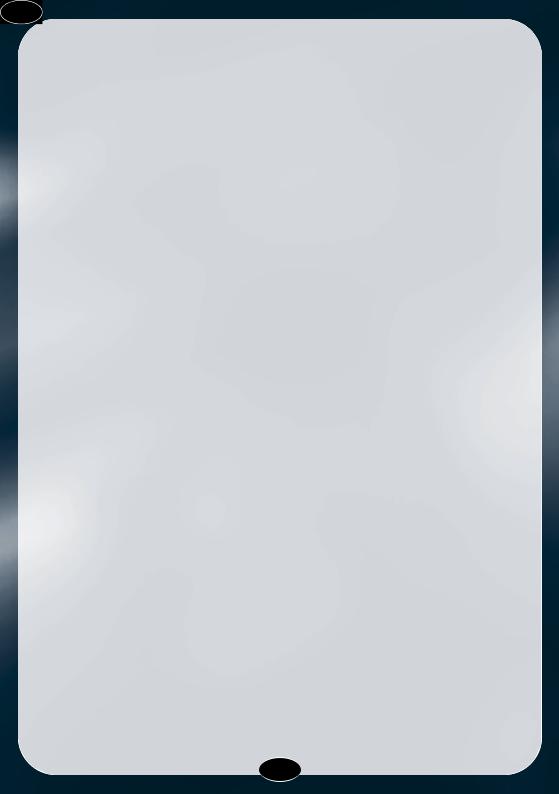
also conduct extensive demonstrations of systems and avionics.
The idea of JSF is to produce a largely common aircraft, in different versions that meet the services requirements where they differ. Common requirements include:
•Longer range than the aircraft they replace (an 800-1000 km radius of action for the Marines, more for the other services).
•Subsonic cruising speed and supersonic dash (about Mach 1.5).
•Air combat manoeuvrability at least as good as the F/A-18 or F-16, and preferably better.
•Stealth characteristics similar to the F-117 or B-2.
•The ability to carry two precisionguided bombs and two AIM-120 AMRAAM missiles internally, for
first-day missions |
where stealth is |
p a ra m o u n t , and |
to carr y mo re |
weapons on pylons later in the war, as the defences are beaten down.
•Comprehensive avionics (multi-mode radar, FLIR, laser, self - defenc e
systems), |
permanently |
installed |
internally, |
in a stealthy |
manner. |
•Technology to reduce the cost of designing, building, operating and upgrading the fighter.
Service Requirements:
USMC/Royal Navy: Take off without a catapult from a short deck and to land vertically aboard ship, carrying unused
weapons and reserve fuel. RN version m ust fit Harrie r- sized elevator s on Invincible-class carriers. Podded gun. Internal weapons:AMRAAMs and two 450 kg class bombs.
US Navy: Stronger structure and landing gear for carrier landings. Lower approach speed and low-speed handling and visibility requirements set by carrierlanding requirements. Spot factor (the space the aircraft occupies on a deck) same as F-18. No gun. Internal weapons: AMRAAMs and two 900 kg class bombs.
U S A F : Minimum co st . R efuel ling receptacle for Flying Boom. Permanent internal gun. Internal weapons: AMRAAMs and two 450 kg class bombs.
Boeing X-32
Boeing has been working on a tri-service fighter since 1992, convinced that this is the only way to achieve low costs.
The most important feature of the Boeing JSF design is that it has a single common engine with no extra powered-lift devices. The largest available engines are modified versions of the Pratt & Whitney F119, being built for the F-22, and the General Electric YF120,which was the F119’s rival. The thrust of these engines, fitted with a new fan, limits the landing weight of the Marine version, which in turn limits its empty weight to about 10t.
9

To keep the empty weight down while providing enough fuel volume to meet the Navy’s range requirement, Boeing has chosen a thick-section delta wing with no separate horizontal tail. Because it is difficult to design a fold joint in the thick wing, Boeing has eliminated the wing fold. Instead, the designers have kept the fighter short, so that the spot factor is still small. (The Marine/RN version has clipped wingtips to reduce its size still further.) The restriction on internal length has forced the designers to a radical chin engine inlet.
In the USMC/RN version, the engine exhaust is ducted forwards, for landing and take-off, to a pair of retractable nozzles located on the centre of gravity. In the other versions, the ducts and nozzles are removed and some of the space is used for a larger internal weapons bay.
Lockheed Martin X-35
Lockheed Martin’s JSF design is very reminiscent of the F-22, with a clippeddelta wing and aft tail surfaces. This was deliberately done to reduce risk: the aerodynamics, structural and stealth technology of the JSF is drawn from the F-22.
Externally, the three versions are identical out to the wing box. Compared with the Marine version, the Navy/AF aircraft have
larger wing flaps and bigger outer wing panels (providing more wing area) and larger horizontal tails. The USMC/RN version has a thrust-vectoring nozzle on the engine, which can tilt down through 100 deg for vertical landings. To provide more vertical thrust, however, it has a lift fan behind the cockpit. This resembles the fan section of a jet engine, but is actually driven by a gearbox and shaft of the main engine.
JSF Deployment
The JSF will be expected to take on a wide spectrum of missions for its various operators. For the US Marine Corps and Royal Navy, it will be the sole combat aircraft available. It will be used for air defence of the fleet (replacing the Marines’ F-18s), strike against land and sea targets,and even close air support.
Typical weapons will include Joint Direct Attack Munition (JDAM), a bomb with inertial & GPS guidance which will replace many of today’s laser-guided bombs, and the BLU-108 smart anti-armour weapon. In the air-to-air role, it will probably carry up to six AMRAAMs,or four AMRAAMs and two AIM-9X close-range missiles.
The US Navy will use JSF for deep-strike missions, going ‘downtown’ against its most critical targets (such as headquarters, command centres and air bases), using heavy precision-guided weapons such as the 2000lbs JDAM and
10
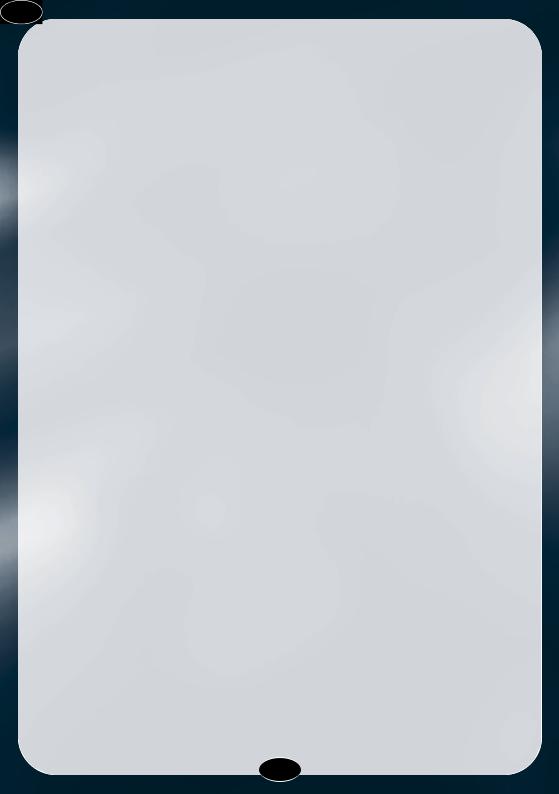
short-range stand-off weapons such as the JSOW glide bomb. In this case, the AMRAAMs will be used primarily for selfdefence against a look-down, shoot-down fighter that is close enough to represent a threat. (The F/A-18E Super Hornet will continue to be the Navy’s primary air-defence fighter, and will also be used for defence suppression and stand-off attack.)
USAF JSFs will be used as F-16s are used today. In the first days of the campaign,they will be used with AMRAAM and AIM-9X to destroy the adversary’s air force in the air by day, and (given their stealthy qualities) will also take part in the nocturnal attacks on air bases and air defence systems. Once air supremacy has been established, they will become the asset of choice against many mobile targets (missile launchers and ground forces) with weapons such as BLU-108. The JSF is also the most likely candidate to take on the suppression of enemy air defence (SEAD) mission, using JDAM, JSOW and HARM. In operations other than war, JSF would be the most likely aircraft to protect airlifters from SAMs and ground forces from missile or artillery attack.
The JSF will be unusually flexible in terms of basing. The US Navy version will be able to share bases with the USAF, because the two versions are almost identical in terms of support requirements. This will be useful if land bases are available but
operating areas for carriers are distant (as was the case in Desert Storm).
The USMC/RN version will be able to operate almost anywhere. For example, STOVL fighters could operate from a land base with a restricted runway (supported by C-17s), something which might be useful if an adversary could attack land bases with missiles.
Sea platforms could include converted merchant ships, and the Navy has looked at very large, austere off-shore platforms that could support C-130s and STOVL fighters, and would be pre-positioned in possible conflict zones.
11
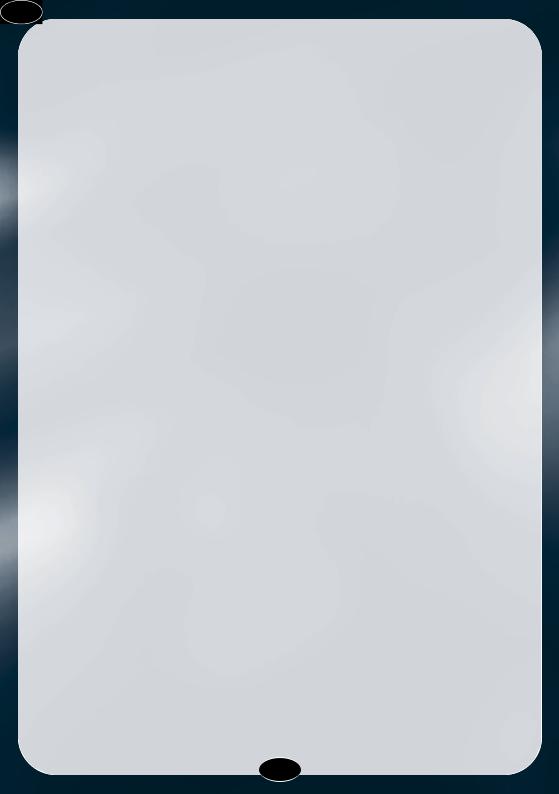
SECTION THREE
NAVIGATING THE MENUS
12
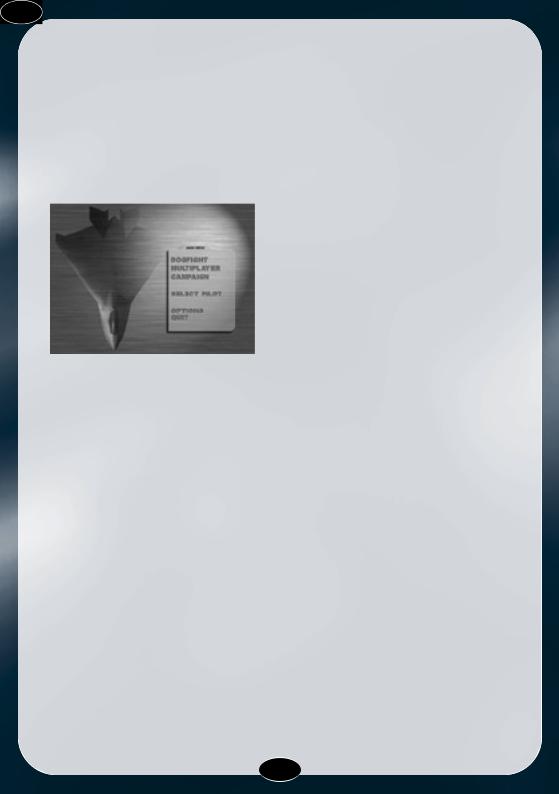
Main Menu
General
After the intro and the title screen, the first screen presented when you run Joint Strike Fighter is the Main Menu, shown in the screen below.
The Main Menu
The Dogfight Menu
The Dogfight menu allows you to set up and fly a combat mission in any of the war theatres included in the Campaign version of Joint Strike Fighter. If this is your first time playing the game, we recommend you use Dogfight to learn how the planes handle in combat and to become familiar with the in-flight game commands. Refer to section 4 for details on how to jump into the cockpit and plunge directly into the action.
The Campaign Menu
Accessing the Campaign menu enables you to start playing on the war theatres. Here all your missions are planned using the secretly acquired intelligence data and the line between success and failure is drawn. Experience in Dogfighting is preferred before starting on the campaigns. Refer to
Section 5 for more detailed information on the workings of the campaign mode of JSF.
The Multiplayer Menu
On the multiplayer menu you can team up with up to 8 other human players over various network protocols. Use the Multiplayer>Create Game menu to configure your own multiplayer game or choose an existing game from the Multiplayer menu. Decide your team colour and teammates in the Game Lobby and play the game in any of the 4 war theatres available in JSF. Please refer to Section 6 for the complete description on how to configure your multiplayer games.
Quit
This selection will quit the game and return to Windows. Choosing this will save all settings and player data.
Select Pilot
This option allows you to create new pilots or select previously created ones for play. It also displays the cumulative career score for each pilot, allowing you to judge your progress in the campaigns. This is discussed in detail overleaf.
Options
The Options command provides access to the game control and viewing options. A detailed description of these options are given below.
Select Pilot Menu
General
By pressing Select Pilot on the main menu, you are taken to the Select Pilot Menu. This menu
13
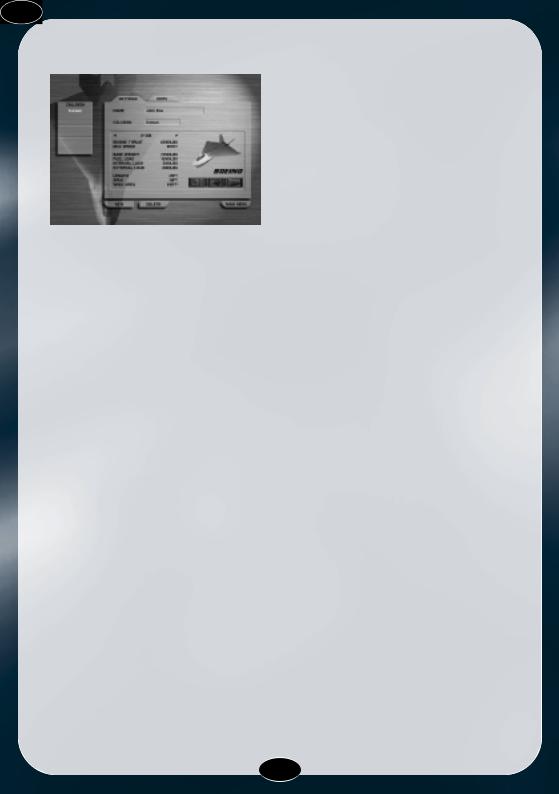
allows you to create, modify or delete pilots.
The select Pilot screen has been clic ked and the Edit Pilot screen is shown
Creating A New Pilot
Press New on the pilot screen to create a new pilot. Click on the Name box to change your name, and the Call Sign box to change your call sign. Assign the pilot an aircraft, either the Boeing X-32 or the Lockheed Martin X-35.
Selecting A Pilot
Click on a call sign on the Duty Roster to select a pilot. That call sign is highlighted in yellow and is now considered the active pilot.
Deleting A Pilot
In order to delete a pilot, first select your choice by clicking on the Duty Roster. After the selection is made, click the Delete button at the lower left of the screen.
You will be asked to confirm the deletion; click on Yes to complete the deletion or No to return to the Select Pilot menu without deleting the pilot.
Viewing Pilot History
In addition to name, callsign and preferred
plane, all pilots have a history where all achievements are recorded. This is accessed by selecting Stats on the pilot screen. Use the arrow buttons to cycle through the different scenarios to see how the pilot has performed on the different campaigns.
Resetting Pilot History
If a campaign has turned from bad to worse, and disaster seems certain, you might feel like starting over. This can be done by pressing Stats in the pilot screen, and then clicking on Reset Scenario. You’ll be asked to confirm that you really want to reset the scenario - click Yes to perform the reset or No to return to the Select Pilot screen without clearing the history.
View Information Movies
Details on the JSF program, the weapons systems and the selected aircraft are available in FMV format. These movies can be played by clicking on one of the three film icons in the lower right of the screen.
The Options Menu
General
The options menu really consists of three different screens: the game menu, the graphics menu and the sound menu. From these three menus,you can use the mouse to activate or deactivate, adjust or reconfigure various settings of Joint Strike Fighter. Most elements are also available from the in-game menus. Each of the screens are described below.
Tip : Players using slower computers are encouraged to adjust terrain, object and
14
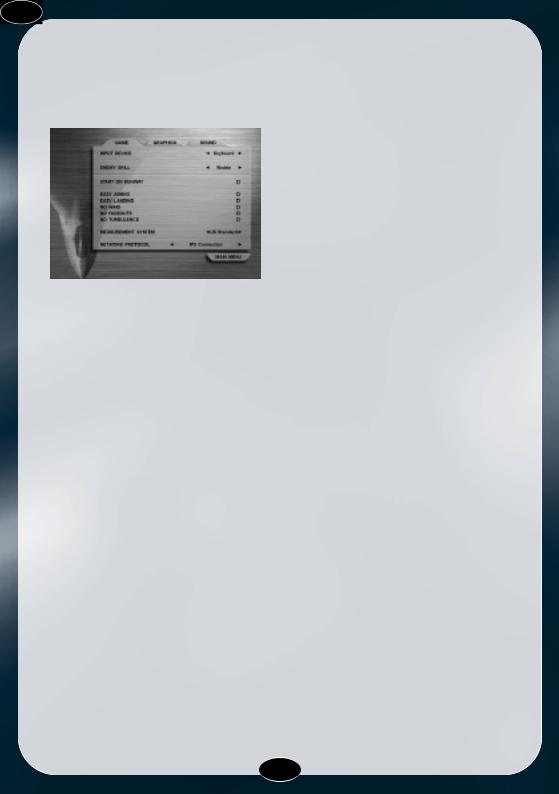
graphical details features of the game to achieve optimal performance during flight.
The Game Configuration Screen
General
The Options menu with the Game tab selected
The Game Screen is where you are able to configure how the game behaves during play. The following items are available:
Input Device
This item simply lets you select whether to play using keyboard, mouse or joystick. Further configuration must be done from the in-game menu, or alternatively (for basic hardware installation) in the Windows Control Panel.
Enemy Skill
This option sets the skill rating of the pilots you and your wingmen will be flying against. Select one of five (5) settings: Rookie, Novice, Average, Veteran and Ace. The default setting is Average, with Rookie the easiest type of enemy pilot to fight against and Ace the hardest.
Rookies know only basic flight skills; they’ve been rushed to the front straight from training school. They haven’t had the
benefit of learning new skills and maneuvers from the more experienced pilots. As they advance through the skill levels, they learn more maneuvers, develop better gunnery and bombing skills and become more willing to use both in combat.
Aces are wily, crafty opponents, the survivors and victors of many aerial combat missions; they should not be underestimated. T hey know all the standard air combat maneuvers and aren’t afraid to use them at any time, and have also developed excellent gunnery skills.
Remember, you may be a match for the Aces in the game, but your wingmen may not be so skilled. Think carefully before selecting the Ace opponent skill, or you may find yourself going through wingmen by the bushel. Commanding officers have been known to take a dim view of flight leaders who continually come home as the sole survivor of a mission. Besides, who wants to write a lot of letters that begin with the sentence, “We regret to inform you…”?
Start On Runway
This allows you to start the mission with your aircraft ready on the runway, without the need for taxiing.
Easy Aiming
This is a toggle-option. When selected, your plane’s cannon lead sight will be in Easy Aiming mode.
You won’t have to think much about
15
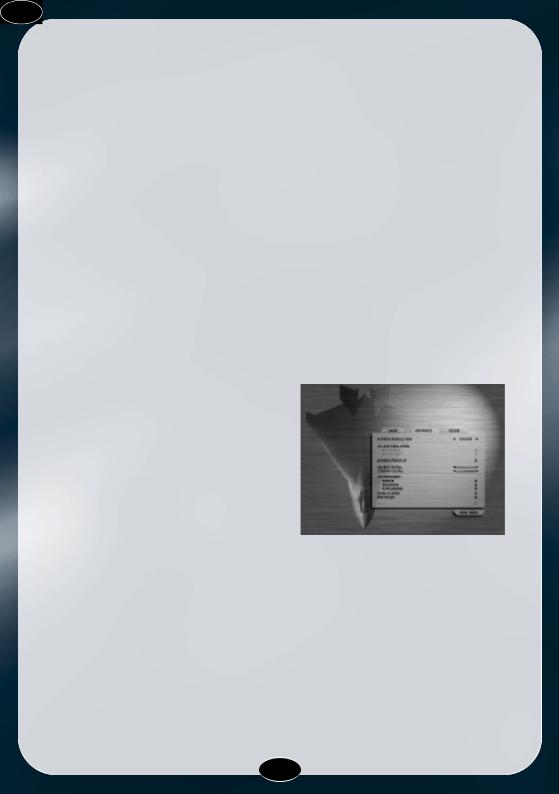
leading the locked target; the cannon rounds will actually lead themselves and try to ‘chase’ the target. This is not a guaranteed, automatic hit; however, the closer the locked target is to the centre of your aiming sight,the better the chance of a hit with this option selected.
When not selected, cannon rounds will behave using the normal laws of physics. This will result in a wonderful aerial display of tracer lights but far fewer gunnery kills.
Easy Landings
When toggled on, your undercarriage can take more of a beating, making it significantly easier to land.
No Wind
Though not obvious when cruising at high altitudes, a strong wind may prove problematic during landings and takeoffs. When this option is checked,your plane is not affected by wind and weather.
No Fadeouts
When this option is selected, pilots won’t experience red-outs or black-outs when pulling extreme G-forces in combat due to tight turns, dives or climbs.
No Turbulence
Even with no wind, hugging the terrain at low altitudes makes for a bumpy ride. Checking this box will disable low-level turbulence.
Measurement System
Most pilots would look at you like you were from another planet if you used anything else than feet and knots to m e a s u r e d is t an ce s an d s p ee d s respectively. Check this box, however, if you are a novice and find the metric system easier to get the hang of.
Network Protocol
This option allows you to select which network protocol to use. The most common protocols are IPX and TCP/IP, but the game will take advantage of the Mplayer system and any protocol supported by Direct Play. Refer to Appendix 3 for details.
The Graphics Configuration Screen
General
The Options menu
with the Graphics tab selected
This screen allows you to configure how the game looks during play. Configuring these options can dramatically change the performance of the game, so you are strongly encouraged to play around with different settings until you determine what is right for you. The following items are available:
16

Screen Resolution
This option allows the player click left or right to select screen resolution from the list available on the computer. The available modes may vary between different machines, from as low as 320x200 pixels (lo-res) to super-hi-res (1280x1024 or higher) and everything in-between. However, players using computers with slower processors may experience some jerkiness when game graphics are set at the higher resolutions. We recommend experimenting with the lower resolutions until you find the one that performs best for you.
Big Pixels
If you want to run the game in lowresolution modes, and your graphics card/driver does not support this, JSF can emulate low-resolution by redrawing using big pixels. This means that the game is redrawn in low-resolution internally, and then doubled to fit the physical screen resolution. This option is not available in modes less that 640x400.
Black Lines
If the Big Pixels option is enabled, the Black Lines option lets you select how the scaling of the screen is performed. When checked, every other line is not redrawn, but left black. This is slightly faster than the alternative, when all lines are drawn.
Screen Pageflip
(This is one for those familiar with the inner workings of their PC. You may need to play around with this option in order to get the best possible results.)
Internally, the game is able to render both to System Ram or (if enough memory is available) to Video Ram. Enabling Page Flipping may increase your frame rate on computers with relatively fast graphics cards; on the other hand, performance may suffer if your graphics card is relatively slow.
Object Detail
This slider adjusts the relative amount of polygons used for rendering the 3D objects in the game. Moving the slider to the right increases detail, but possibly at the expense of performance.
Terrain Detail
This slider works in a similar way as the object detail slider, only this adjusts the detail level on the terrain. Moving the slider to the right will increase the definition of the landscape and increase the number of ground objects, but again at the expense of refresh rate. Keeping this value around the centre is recommended.
Transparent Smoke
When checked, this option improves the appearance of the smoke-trails in the
17

game by using transparency. Performance may suffer on slower computers.
Transparent Shadows
When this box is checked, shadows are projected onto the ground with transparency, rather than as single colour silhouettes.
Transparent Explosions
Using transparent explosions will improve realism, but can be a serious performance hi t. Keep this in mind if you a re experiencing slowdown when viewing large explosions.
Lensflares
Lensflares emulate the optical effect created by a camera when exposed to strong light sources, for instance from the sun or a rocket blast. When checked,these effects are enabled. Disabling the effects will, however, improve performance.
Particles
When enabled, a particle system is used for rendering weather effects like wind and rain. This may reduce performance on slower computers.
3Dfx
Hardware rendering is enabled by checking this box. By default, 3Dfx acceleration is enabled if a 3Dfx card is detected in the computer. If no card is detected,this item is inactive.
T
The Options menu with the Sound tab selected
Sound Effects
Most actions performed in flight, such as firing a weapon and raising the landing gear, have sound effects that play when the action is performed. This box enables such sound effects.
Sound Volume
When sound effects are enabled, this slider adjusts the volume of the sound effects.
Music
JSF features several original music tracks that play during flight. This check-box determines whether music is played.
Music Volume
If music is enabled in the item above, the music volume can be adjusted here using the slider.
18
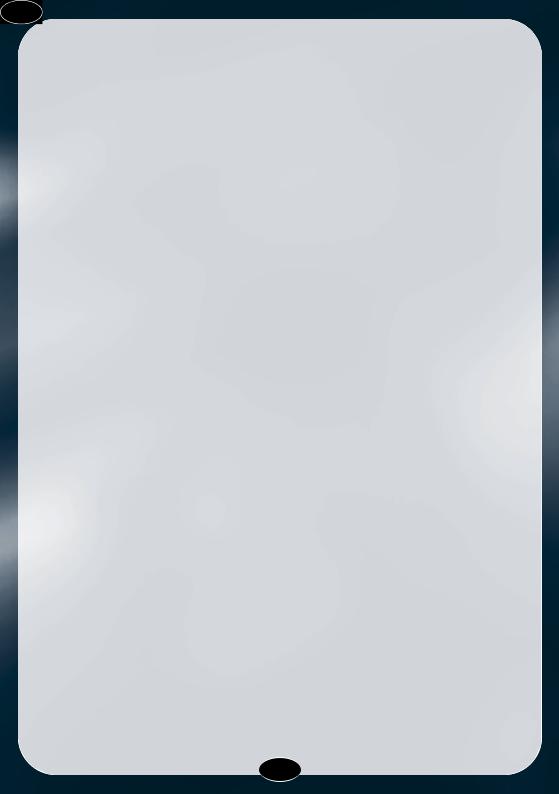
Speech
In-game speech is enabled by default, as this is one of your primary sources of information. It can, however, be disabled by unchecking this box. Note that this makes you totally rely on text messages for such things as radio communication and flight computer messages.
Speech Volume
When speech is enabled, this slider determines the volume of the speech.
Reverse Stereo
On some computers, the placement of the loudspeakers are exchanged. Checking this box reverses this.
Mute
When checked, all sound (sound effects, music and speech) are turned off.
19
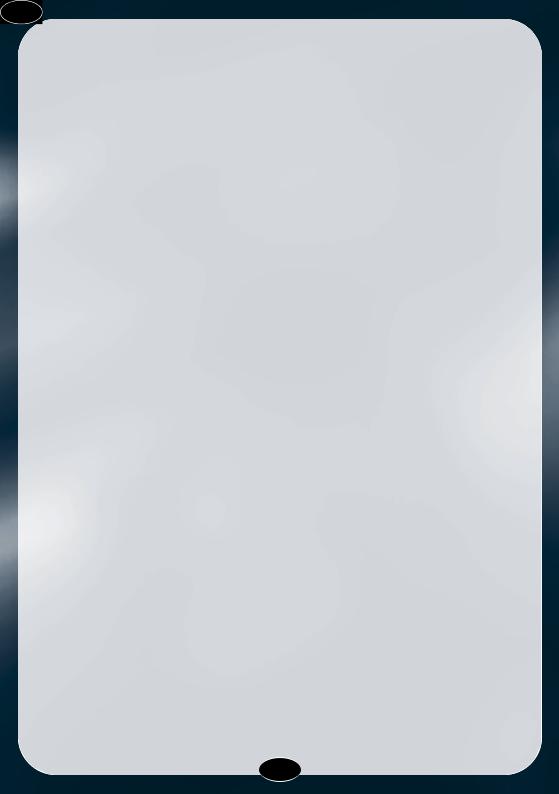
SECTION FOUR
DOGFIGHT: GETTING STARTED FAST
20
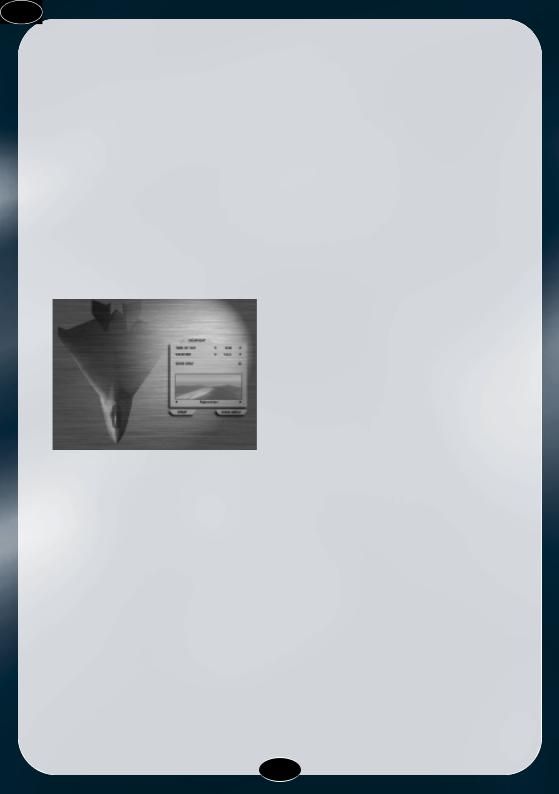
General
Selecting Main Menu>Dogfight takes you to the Dogfight Settings menu. The Dogfight option allows you to hone your skill in the noble art of dogfighting, something which will come in handy as you progress through the campaigns. You’ll be able to challenge increasingly more difficult enemies in the different scenarios in a variety of different settings. These parameters are described below.
The Dogfight Menu
In order to customise the Dogfight session you have a set of four options which determine the combat conditions:
Time Of Day
This option lets you decide at what time during the day the dogfight will take place. While the enemy may be easily seen at day-time, you may have to resort to systems like night vision and the synthetic object overlay when battling it out at night.
Weather
By clicking on this item, you’ll be able to select in which weather condition you wish the fight to take place. Different regions on the globe have different weather types, which means that the available options will vary from scenario to scenario.
Guns Only
This option disables Air to Air missiles in the Dogfight session. Though not strictly realistic, it makes for some interesting aerial duels in the true spirit of the great aces of WWI and WWII.
Scenario
Here you set the theatre in which the dogfight takes place. Not only do the enemy aircraft become increasingly more capable on the later scenarios, the enemy pilots are also more skillful, aggressive and lethal.
Playing
When you start the Dogfight session, you start out against a wave containing just one single enemy plane. If you destroy this first plane, your weapons are replenished and a new wave appears.
For every wave destroyed another plane is added, thereby giving an increasing difficulty level. This is further enhanced by the fact that, as time progresses, the enemy planes also are of increasingly better types. The dogfight session ends when you eventually are killed or when you decide to leave the session.
21
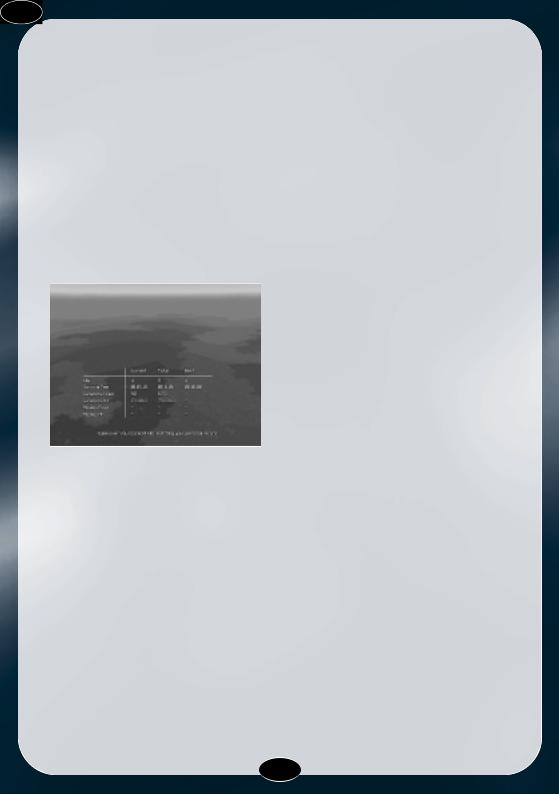
Statistics
When the Dogfight session is over, a statistics screen appears that lets you compare your dogfight performance to your previous merits and your own personal best. By comparing with old records, you’ll soon see progress as you develop the dogfighting skills needed to succeed when taking on the campaign game.
Dogfight Statistics
22
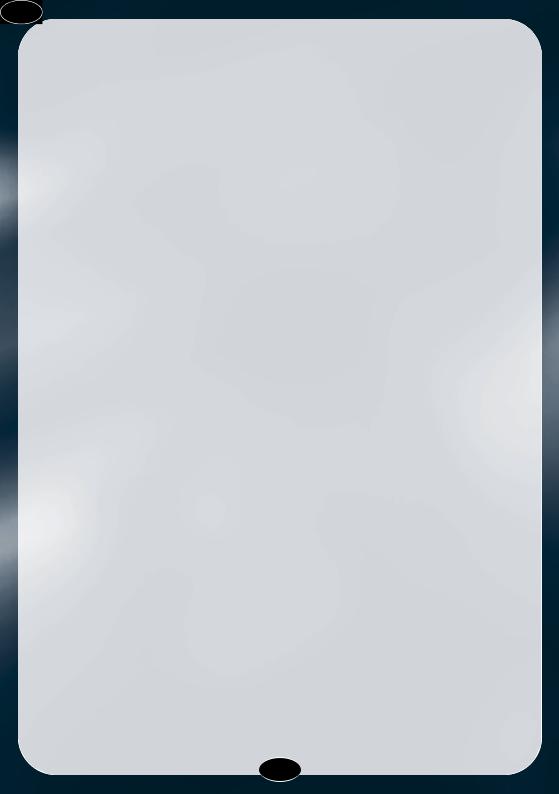
SECTION FIVE
Flying a Campaign
23
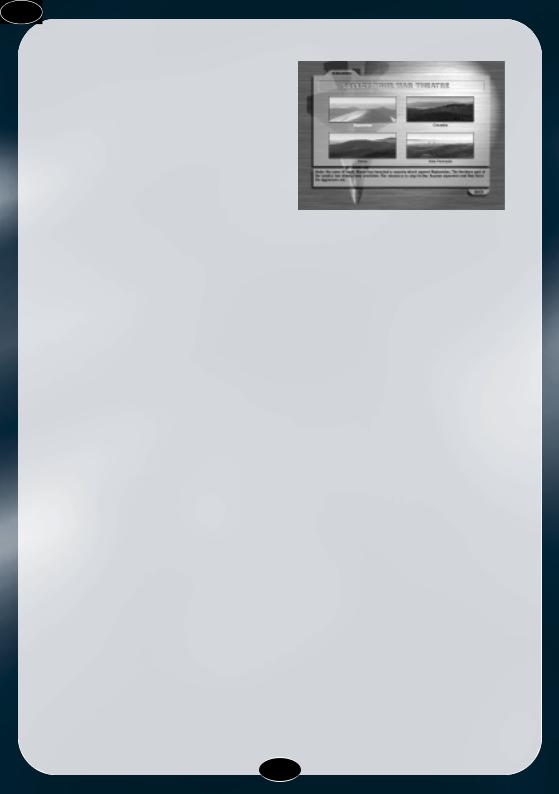
General
While an individual mission has specific tactical goals (the destruction of a convoy or interdicting airspace over an enemy target, for example), a campaign is a series of individual missions designed to achieve one or more long-term or strategic goals. Take the air battle in the Gulf War, for instance: One of the major strategic goals of the campaign was to hurt Iraq’s air and ground forces badly, making it easier to drive Iraq’s army out of Kuwait and, in the process, save Allied Force’s lives. To this end, thousands of individual air missions were launched to bomb ground units, shoot Iraq’s air force out of the sky and destroy command and communications links.
In a JSF campaign, you are given similar strategic goals, based on one of the four hypothetical campaign scenarios included with the game. As a wing commander, your job is to plan and execute a series of tactical missions to help achieve the campaign’s strategic goals. You accomplish these goals by destroying all the primary targets indicated in the mission planner. The object category is determined by a higher command.
The Campaign menu.
Select your campaign to start or re-enter
Starting A Campaign
1.To begin a new campaign or enter one in progress, select Campaign from the Main Menu. The War Theatre selection screen will appear. At any time you may select the Back button at the bottom right of each screen to return to the one previously displayed.
2.Highlight either one of the four scenarios using the mouse or the keyboard. In the box at the bottom of the screen a brief background story and a mission summary will appear, relevant for your current selection. Activate the scenario by clicking the mouse or hitting enter.
3.The first time you activate a scenario the complete mission text will be printed to the screen. You may speedup the text by hitting enter, space or by clicking the mouse. After loading, the Mission Planner will appear.
24

The Mission Planner
General
As a wing commander your main objective is to plan the best possible campaign for you and your wingmen so the main strategic goal can be reached with a minimum of casualties. This means you will have to plan your missions carefully before getting airborne. All planning is done prior to take-off in the Mission Planner, which loads automatically when you select a scenario.
The main Mission Planner screen
The Mission Planner is essentially a topographical map indicating the position of anything essential and important for planning a mission. This includes cities, factories, airports and roads (in grey), but most importantly all friendly installations and enemy targets indicated by the coloured icons. The icons pinpoint all enemy, friendly and civilian/non-combat ground and air units in your area of operations.
The planner operates in two different modes: Edit and Map mode. In Editing mode you can manually or automatically
form a mission by creating waypoints and selecting targets. Map mode allows you to manipulate the map information displayed in the mission planner, this is detailed in the section entitled Mission Planner Usage below.
Mission Planner Map
General
The Mission Planner map is a topographical map displaying the current situation in the activated scenario.
All enemy targets and friendly installations are displayed using several different icons and colour codes. The position of each icon is altered according to the movement of the unit as the game progresses. If the unit is destroyed you will be notified and the icon will be removed from the mission planner.
Together with the icons marking the targets you will also see the waypoints and flight path displayed on the map. A waypoint is a position used by the flight computer for navigation placed in the mission planner prior to take-off. For more information on how to manipulate waypoints, refer to the section below entitled Mission Planner Usage.
Icons
Each icon on the map marks an enemy unit. This means an icon usually symbolises more then one target. The icon position is the centre position of all the objects included in that particular group. Each icon is colour coded, indicating the
25
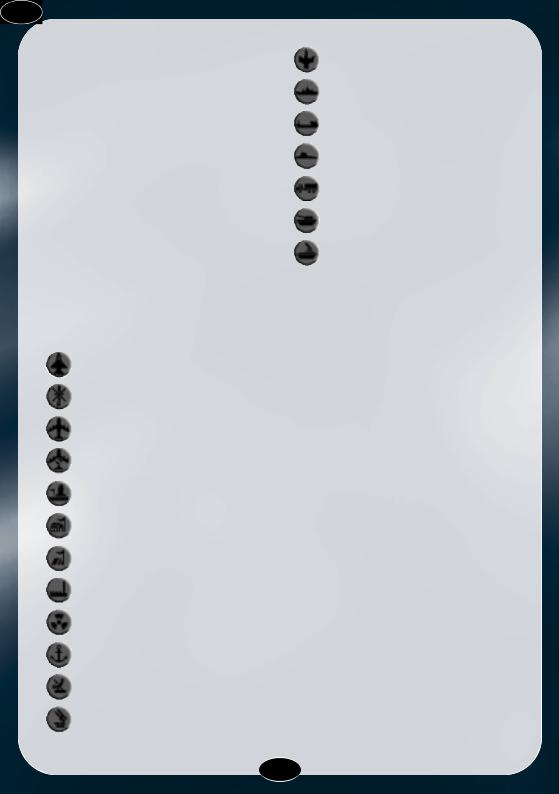
object category. On the mission map you may find icons with the following colours: red, green and blue. Any red icon is an enemy target and should be considered as a potential threat. Both the green (neutral) and the blue (allied) symbolise friendly icons. Destroying these will have a negative impact on your statistics.
When you look on the mission map you may notice a red circle centred on some of the icons. The red border is a Surface-to- Air Missile Engagement Zone (SAM MEZ). When flying within this zone, you and your wingmen are subject to being detected a n d f ire d up o n by en e my SA M installations.
Fighter/Bomber
Helicopter
Air Transport
AWAC Aircraft
Airport
Military Base
Military Camp
Factory
Nuclear Facility
Harbour
Radar Installation
SAM/AA Installation
Oil platform
Warship
Cargo Vessel
Submarine
Transport
Infantry Vehicle
SAM/AA Vehicle.
Waypoints
Waypoints are fixed three dimensional positions (longitude, latitude and altitude) used by the flight computer for navigation. They are easily created with the mouse or automatically with the Suggest option when in editing mode. Read more about waypoints and the their usage under the section Mission Planner Usage.
Mission Planner Windows
General
The Mission Planner Windows contains all the text, buttons and bars displayed in the mission planner. They may be hidden by selecting the button in the upper right corner labelled Mission Planner or by tapping the spacebar. Use this when planning a mission if any icons are concealed by the mission planner information text and the buttons.
Note: While any pop-up window is activated the Mission Planner Windows will be disabled and the buttons, bars and text-
26
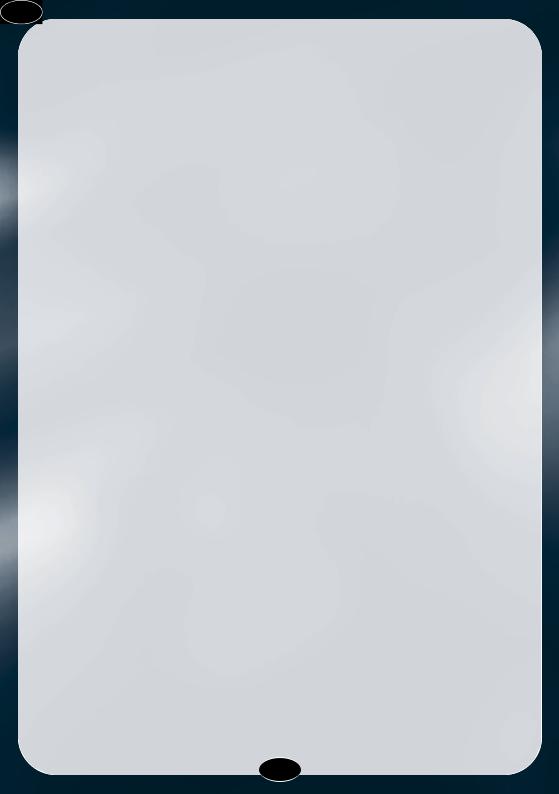
boxes will be changed in intensity. to get focus back to the windows you have to close the active window.
Planner Manager Window
General
The Planner Manager is the window in the upper right corner, below the Mission Planner caption or button. The manager has two tab dialogs which decides which state or mode the planner currently has active.
Edit Mode
General
To get in Edit Mode you select the Edit tab dialog from the Manager Window. When you are in editing mode you can create and alter your waypoint path by changing the position and height of your waypoints. The waypoints are uploaded to the onboard computer upon takeoff and used for navigation by the autopilot.
Suggest
The Suggest option will automatically suggest the closest visible primary target. If no primary icons are displayed the nearest secondary target will be selected. If you are not content with the target selected you may cycle all targets with the arrows left and right of the Suggest label. In Map Mode you may select which icons will appear on screen by checking the corresponding options, refer to the Map Mode section below for details.
Terrain following
If you enable the Terrain following option the suggested waypoints will be forced to the minimum height for low-level contour flying, keeping the fighter below radar. If no waypoint path or target have been previously suggested, enabling or disabling this option will automatically select a target and suggest a path.
Clear
Selecting Clear will delete all waypoints and target selections from the mission planner.
Statistics Window
From the Edit menu selecting Statistics will display the current scenario statistics. Select the Done button to close the Statistics Window.
Target Info Mode
When you click on this option the Mission Planner enters Target Info Mode. The change of state is indicated with a question mark in the lower right of the mouse pointer. In addition all the icons with target information visible in the Mission Planner Map are highlighted. Selecting a highlighted icon from the map will display the relevant target information with the corresponding photos and images made available by Mission Control. You may close the window by selecting Done at the bottom right corner of the window. At any time you can return to normal planner operation by clicking the right
27
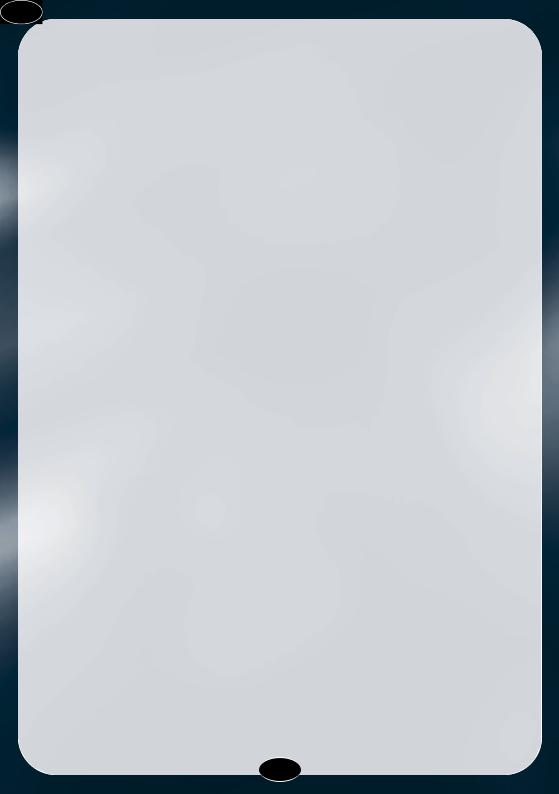
mouse button or just by selecting any function from the Mission Planner Windows.
Tip: When in editing mode, pressing and holding the CTRL key will activate the Target Info Mode. It will remain active until the key is released or you exit Target Info Mode as mentioned above.
Map Mode
General
To get in Map Mode you select the Map tab on the Manager Window. When this is selected you will see on the Map menu a list of options divided into three groups: Object category, target class and map settings. Checking any of these settings will influence the information that appears on the Mission Map.
Object category
Only the targets that match any of the checked priorities will be displayed. This means if you only check the primary option, only the primary targets will be displayed.
Target Class
There are three different target classes and only the icons containing objects of the selected class will be displayed. When you plan a mission you might want to focus only on airborne targets. To do this, you would only check the air option and leave the ground and mobile blank.
Map Settings
General
The Map Settings are useful features when planning a mission. Both the SAM MEZ and the names option are checked by default.
SAM MEZ
If the SAM MEZ is checked the missile engagement zone will be displayed. Use the MEZ to avoid unnecessary contact with SAM sites on your way to the designated target.
Names
When the names option is checked the city and area names will be plotted on the Mission Map.
Grid
The grid is useful for calculating distances when planning a mission, but maybe most importantly for easier tracking of the enemies movements. The grid scale is 5400 NM.
Time Skip Window
In the upper left corner is the Time Skip bar indicating which scenario has been activated,the current day and the scenario time. When selecting this bar a dialog box will be displayed, giving you the opportunity to skip a maximum of eight hours at once to avoid bad weather and/or night flying conditions.
28
